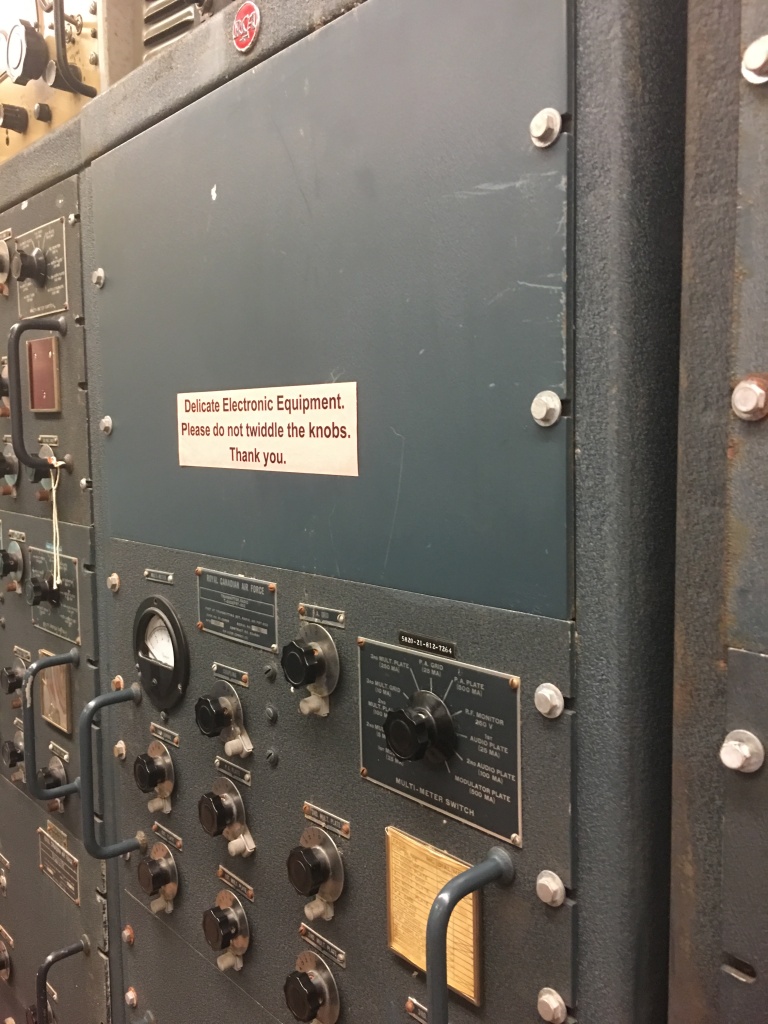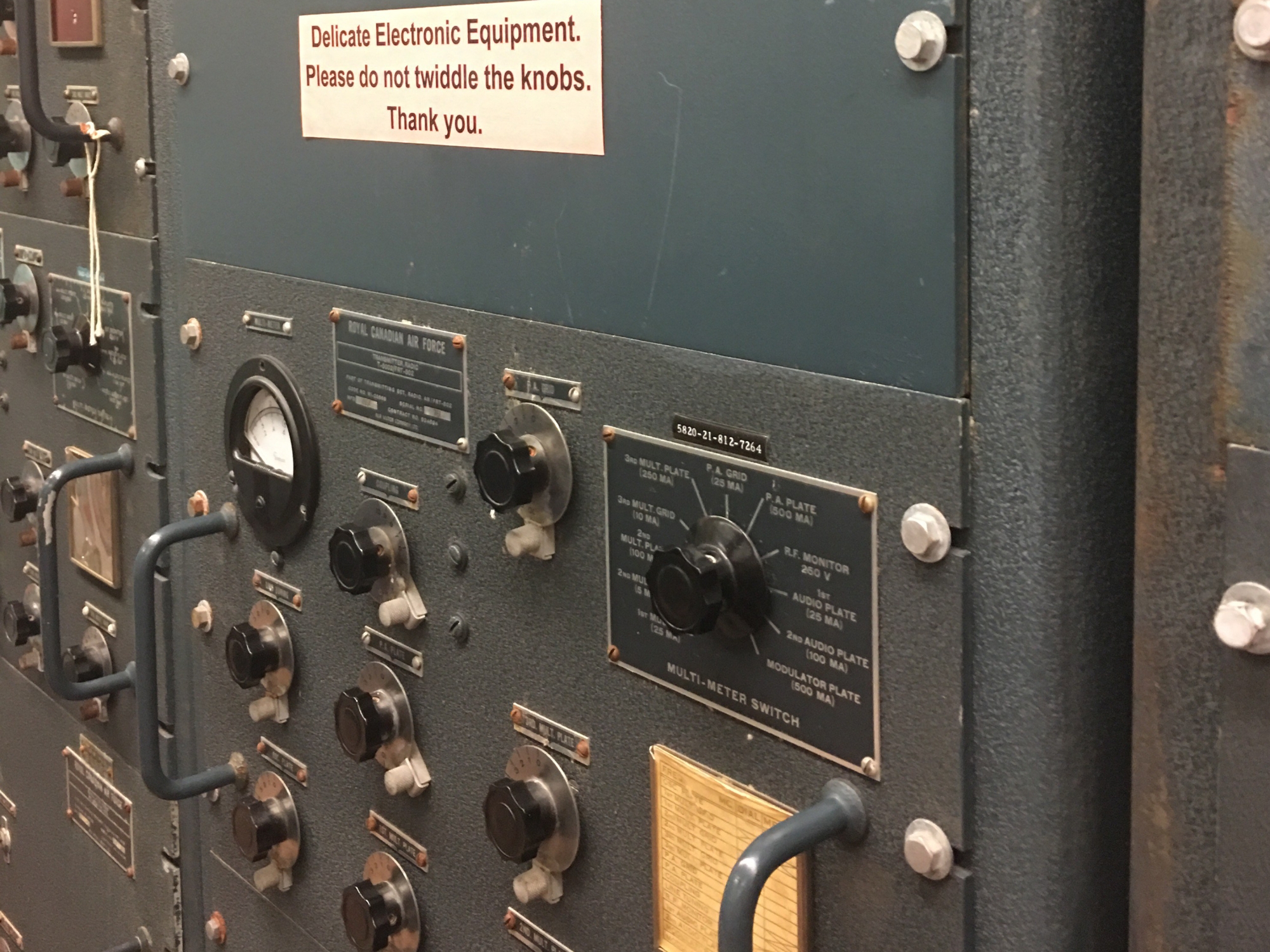Fairly ambivalent about KV331’s release of SynthMaster One for iOS.
Enough to love and enough to dislike, about this softsynth. Which got me thinking (often a dangerous prospect).
Had high expectations and while some of them were met, it still feels like a let down. There can be something neat about a cool synth which is a “diamond in the rough”, requiring you a bit more work to set up properly but providing you with consistently stimulating results once you do. It’s another thing to be on a beta program for an unfinished product which is currently going through important design decisions in semi-public venues. Both can be great, but they serve different needs.
(To me, it’s mostly a question of time and effort. Getting involved in such a project to test a product means that my other projects are put aside. Others might focus on cost. Typically, participation in a beta testing is cost-free for both the testers and developers. This particular software is launched at an introductory price of 15USD.)
As has been discussed in that same forum, it can be a valid strategy to iterate quickly from something which is good enough and shows great promise. We do this internally at work, before we release something. It’s the idea about agile development which is possibly easiest to grasp and not that hard to implement by a good team. With an extremely robust way to validate your decisions through real-life testing, it can work very well. It might be responsible for the success of many projects, including some of the best-known Open Source ones (given Linus’s Law). Indeed, it might be the reason people focus on source openness as opposed to software freedom. It’s precisely the “pragmatic” approach which is orthogonal to the way Stallman thinks. Yet, with all due respect to principled advocates of Free Software, practical results tend to do a lot to convince people of the value of an approach. “The proof is in the pudding.”
Having said this, there’s a balance to achieve when it comes to addressing people’s needs. And to manage expectations. Software which is in a perpetual “work in progress” state can be wonderful when the main thing you want to do is tinker. (Maker culture isn’t just about hardware.) And it’s true that some projects take way too long to reach completion because of developers who were perfectionists. All fair things to point out.
There’s just this thing about a base level of usability. There’s also a lot to be said about software which provides you with the type of user experience which gets you in a state of delight. In some well-known cases, it’s about an app (or, especially, a plugin) which does one thing really well. Even if it’s developed as a sideproject by an individual developer, it can do a lot. Especially when said dev still iterates quickly with new features. Bram Bos’s releases came back to my mind several times as products which produce this delightful effect. There are plenty of others, but Bram has been remarkably consistent and prolific over the last year.
Anyhoo… Back to SynthMaster…
Been occasionally using both SynthMaster One (SM1) and SynthMaster 2.9 (SM2) on macOS for a while, now. They’re cool synths, but they also feel frustrating.
The synth is perhaps best known for its large number of “factory presets” (which characterize the sounds it produces). In my case, the large number of patches is more of a hurdle than a benefit since very few of them really suit my tastes and managing patches isn’t my idea of fun. (The developer tried to challenge statements about those presets by providing audio examples which sound to me like they would fall in the same overall category.)
Crafting our own sounds can be quite enjoyable. Did have some pleasant experiences with a few of my own, very minimal patches in SM1 and SM2. “Twiddling some knobs”, you may call it.

Not the same type of fun as powering up a synth and just playing it for hours, but still ok. Fairly efficient way to learn some key ideas about “sound design”.
Got a few nagging issues with SM2.9 and SM1 on the Mac ranging from simple bugs to awkwardly-implemented features and lack of documentation. Maybe none of these issues is a dealbreaker on its own. But, together, they were enough to put those softsynths on one of my many backburners for a while. Pretty easy choice given the large diversity of sounds already available on my MacBook Pro (especially with Reaktor, MainStage/Logic, Gadget, etc.). Got a huge number of things to explore and KV331 synths were just added further down my list. MPE support is key, but Equator makes it much easier to set up.
Part of my reason for putting the synths aside was the rumour and then announcement of SM1 for iOS. My thought was: “Let’s revisit those once it becomes possible to use SynthMaster One seamlessly on both platforms”. Several things were quite promising, including some rethinking of the overall design and some performance-enhancing “discoveries”. Even the fact that it was available for preorder made me optimistic. My hope was that the developer would take the time to test this synth as thoroughly as possible. That the release would be rock solid. That this would be the one KV331 synth to bring me back. The dev sounded really confident. The timeline still felt rushed, with little to no time for testing. But it was still conceivable that the “team” behind it would deliver a stellar product on the announced date.
Alas, that’s not the case. Crashes, glaring bugs, strange features which are supposed to change within a few days of the official release… A missed opportunity.
Won’t list those issues. Didn’t even keep notes about them. This was supposed to be a fun synth to use, not a chore in a volunteer project.
Ah, well…
Will still use the synth on occasion. But won’t spend too much time “twiddling its knobs”.
